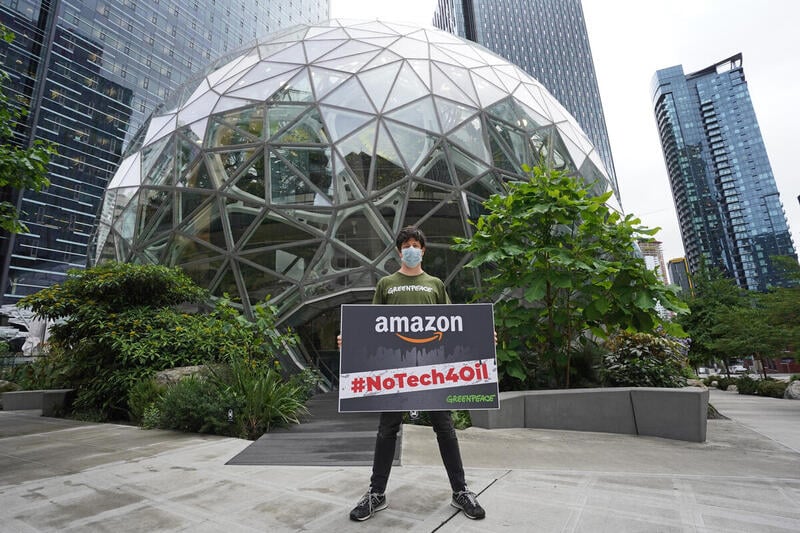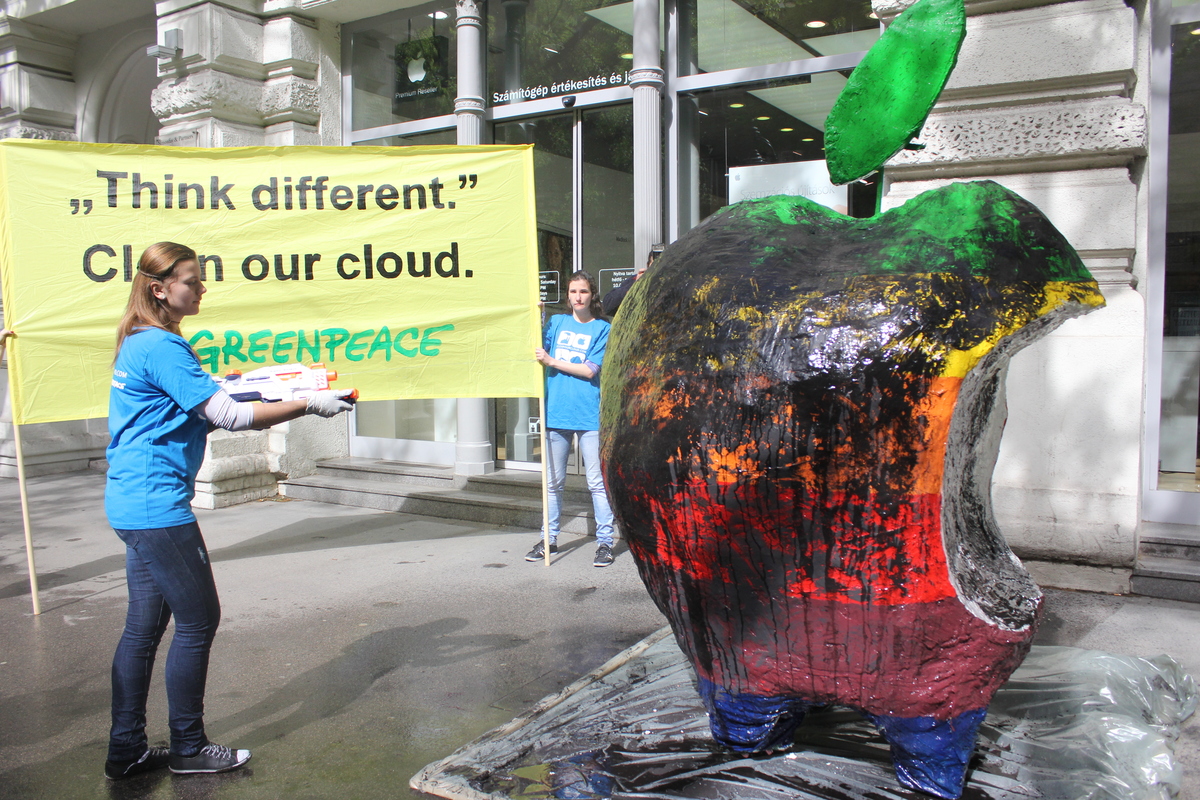
ReThinkIT: Data centers & the cloud
The tech sector’s dirty secret.
Data center alley
San Francisco and “Silicon Valley” may first come to mind when imagining the home of big internet companies, but the physical beating heart of the internet in fact lies on the East Coast, in what has become known as “Data Center Alley” in Northern Virginia. Located just outside Washington, D.C., Data Center Alley is already home to the world’s highest concentration of data centers in the world and is dramatically expanding. Loudoun County Virginia, the center of Data Center Alley, claims 70 percent of the world’s internet traffic passes through its borders.
Data centers serve as factories of the information age; their 24/7 operation makes online browsing, streaming and communication possible, but delivering all this data requires a tremendous amount of electricity. The explosive demand of internet-based platforms and services has fueled a dramatic expansion in both the size and number of data centers, making them collectively one of the largest sources of new electricity demand globally.
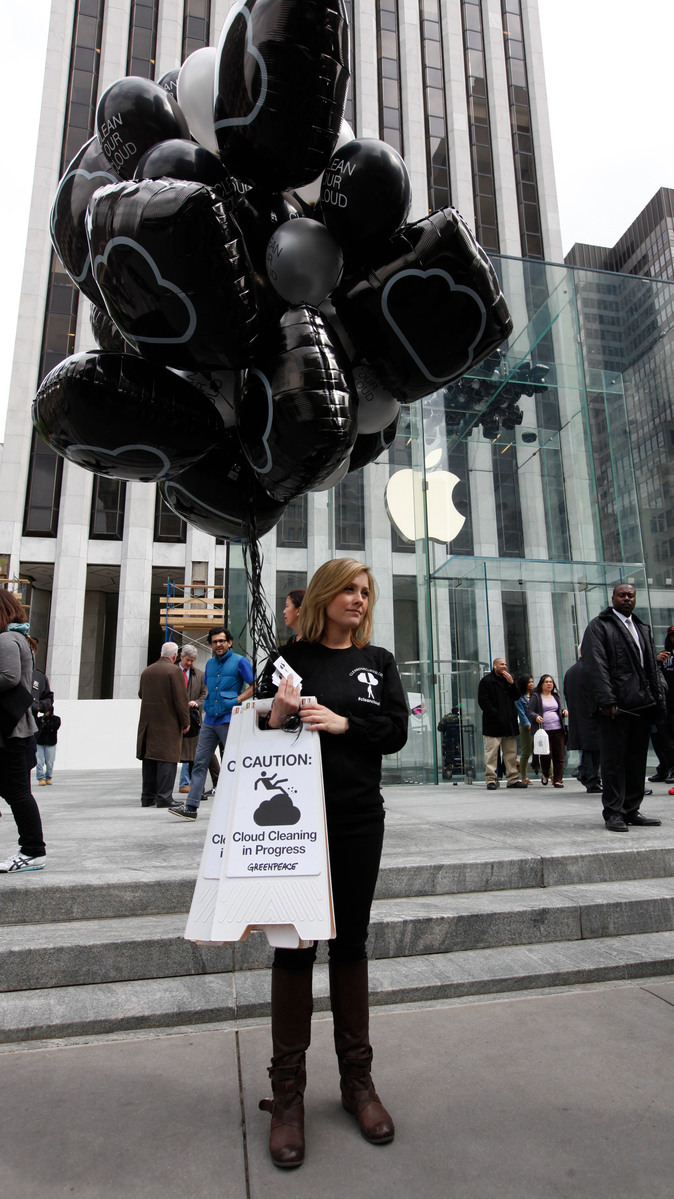
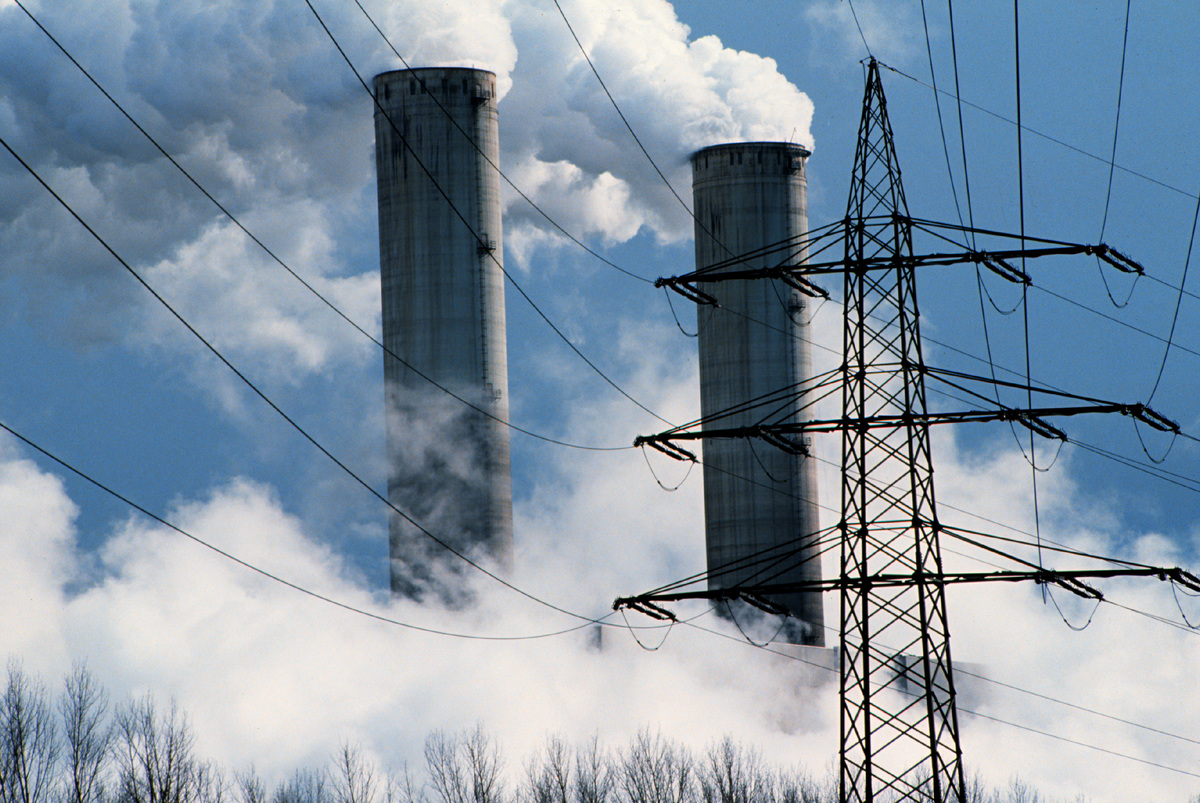
A high demand
While the internet itself has a global reach, this rapid expansion in data centers has not been evenly distributed, but instead highly concentrated, causing a significant increase in local electricity demand. Given the urgent need to transition away from fossil fuels as rapidly as possible to combat the most extreme consequences of climate change, the source of electricity deployed by the local utility in these data center hotspots takes on global significance.
Big Tech turns its back on renewable energy
Despite significant new investment in renewable generation by utilities in other data center hotspots such as Iowa, the dramatic expansion of Virginia’s Data Center Alley continues to fuel and increase demand in coal and natural gas. Power generation in Virginia is currently dominated by fossil fuels, with less than 5 percent coming from renewable sources, lagging far behind other regions. Dominion Energy, Virginia’s largest electricity provider and the primary electric utility for Data Center Alley, has strongly resisted any meaningful transition to renewable sources of electricity, currently representing only 4 percent of its generation mix, with plans to increase to only slightly over 10 percent by 2030.
Since 2017, Amazon Web Service (AWS) appears to have turned its back on its 100 percent renewable commitment, increasing its already massive operations in Virginia by 59 percent, without any additional renewable energy supply. In fact, due both to its dominant market share among cloud computing platforms and the concentration of roughly half of its facilities in Virginia, AWS itself is an unknowing silent partner in Dominion’s growth strategy, due to the gravitational effect created among other data center operators who want to tout to their customers a direct connection to AWS’s massive Virginia operations.
-
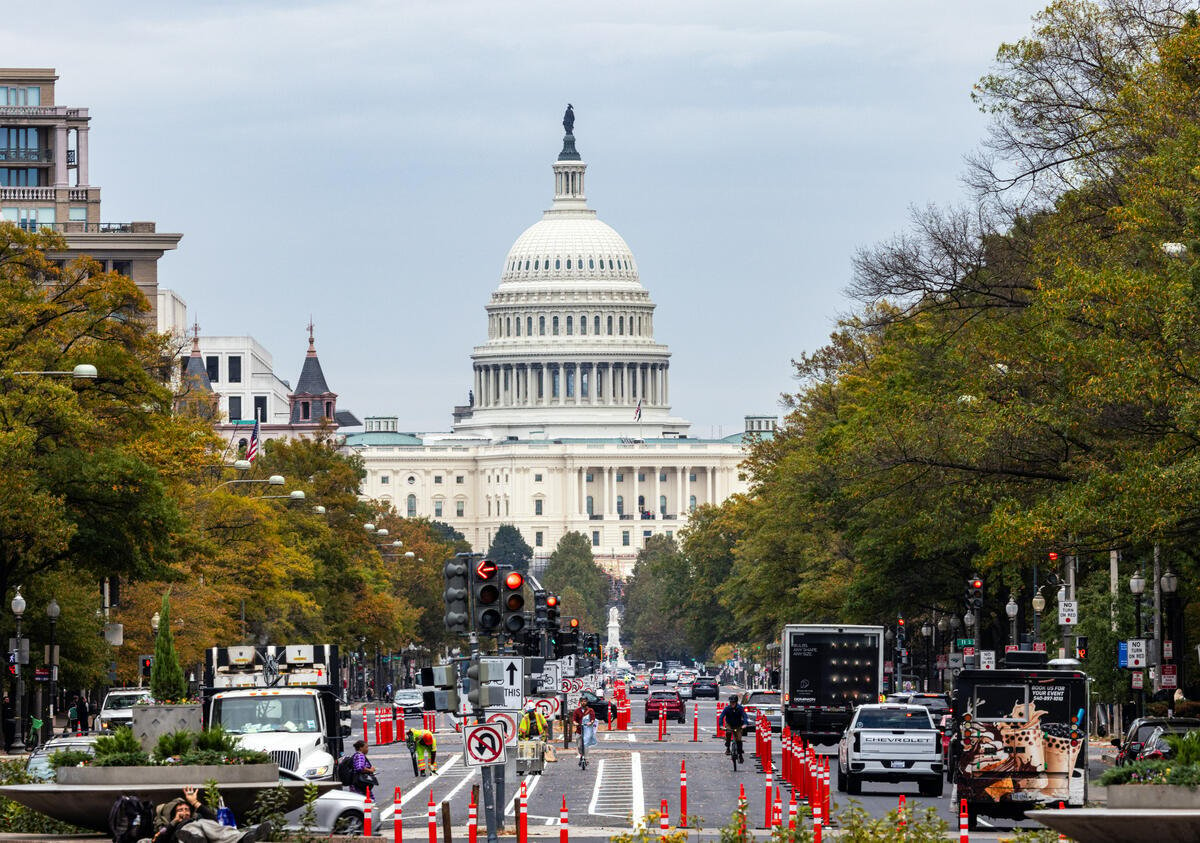
The ‘Big, Beautiful’ Blunder: a bill that will live in infamy
WASHINGTON, D.C. (July 1, 2025)—In response to the passage of the “Big Beautiful Bill” in the United States Senate, Greenpeace USA Deputy Climate Program Director, John Noël, said: “This is…
-

Wrecking the future: the Trump war on the ocean, climate, and communities
Wrecking the future: The Trump war on the ocean, climate, and communities. Dismantling climate and oceans protections.
-

This hurricane season Greenpeace USA helps deliver Uncle Sam’s disturbing message to America
Greenpeace USA deployed a banner at the Federal Emergency Management Agency (FEMA) headquarters to assist in making Uncle Sam’s message to the country crystal clear: this hurricane season, you are…
-
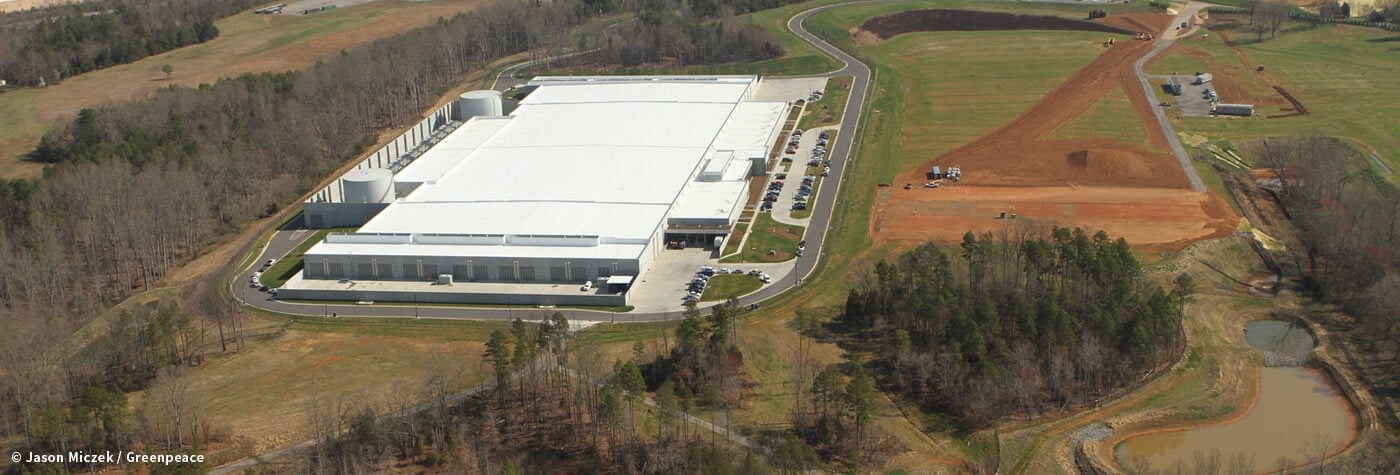
Greenpeace Report: Click Clean Virginia
San Francisco and “Silicon Valley” may first come to mind when imagining the home of big internet companies, but the physical beating heart of the internet…
-

Your Online World: #ClickClean or Dirty?
Clicking Clean: How Companies are Creating the Green Internet
-

How Clean is Your Cloud?
How much energy is required to power the ever-expanding online world? What percentage of global greenhouse gas emissions is attributable to the IT sector? This report takes a look at the energy choices some of the largest and fastest growing IT companies are making, as the race to build “the cloud” creates a new era…

